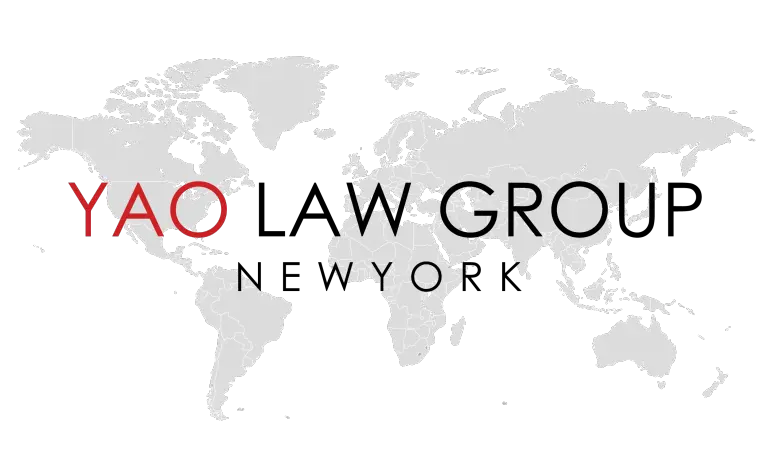Gaps in a Beneficiary’s itinerary are sometimes unavoidable. Whether it is due to impending filing dates, the Beneficiary’s lack of future employment, or because the Beneficiary will also be working in her/his native country, gaps in the itinerary can be overcome.
As per PM-602-0003, entitled Clarifying Guidance on “O” Petition Validity Period Revisions to the Adjudicator’s Field Manual (AFM) Chapter 33.4(e)(2) AFM Update AD10-36, there is no statutory or regulatory authority for the proposition that a gap of a certain number of days in an itinerary automatically indicates a new event.
Additionally, the memo affirms that there is a clear indication in the regulations that a petition may be approved to cover not only the actual event or events but also services and/or activities in connection with that event or events. This language is key to supporting the flexibility of an itinerary.
Flexible Approach: Linking Non-US Work to Fill Gaps in Itinerary for Visa Applications
Practitioners have had minimal issues with gaps under four months or so, as long as the gaps are explained on the itinerary with information about non-US activities that are “incidental and /or related” to the US work. Therefore, if there are gaps in the itinerary for US-based work, then the itinerary can be supplemented with non-US based work as long as there is an explained link between the two.
Although the memo pertains only to O petitions, it can also be argued that it should also apply in the P context, since the applicable provisions regarding itineraries are identical for Os and Ps.
If the Beneficiary is filing for an O-1 or a P visa, and she/he has gaps in her/his itinerary for US based work, then non-US based work that is connected to the US work can be included to strengthen the itinerary.
However, a good rule of thumb is “the longer the gap, the higher the risk.”


